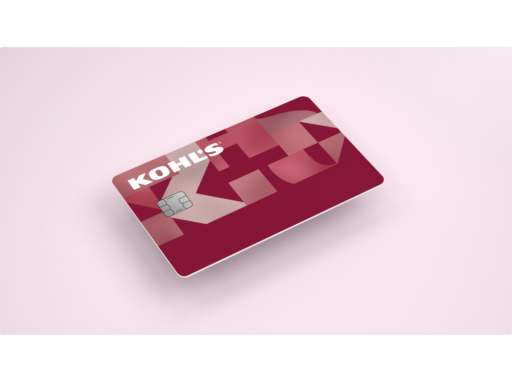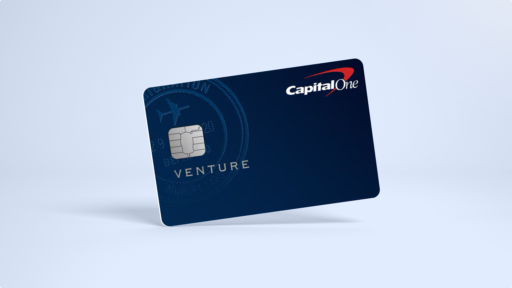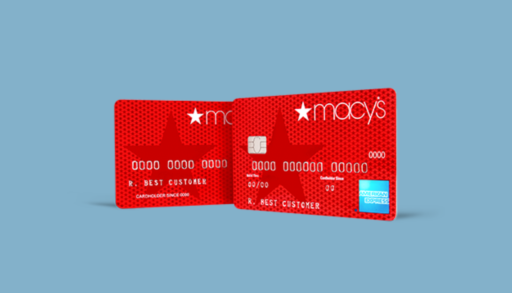If you’re trying to build credit, rebuild it, or simply understand your options, you’ve probably come across the terms “secured” and “unsecured” credit cards. At first glance, they might sound similar, but the differences can have a big impact on your financial journey.
In 2025, credit cards are more accessible than ever, but choosing the wrong one can set you back with high fees, low limits, or little credit improvement. Whether you’re starting fresh or looking to upgrade, knowing how these two types of credit cards work and which one fits your current situation is key.
Below, we’ll break down the differences so you can decide which one fits your financial goals best.
Table of Contents
What Is a Secured Credit Card?
A secured credit card is designed for people with limited or damaged credit. When you open the account, you provide a refundable security deposit, usually starting at $200, which acts as your credit limit.
For example, if you deposit $300, that’s typically the amount you can spend on the card. The deposit protects the issuer in case you don’t pay your bill, making it easier to get approved even with poor or no credit history.
Secured cards work like regular credit cards. You can use them to make purchases, your payments are reported to the major credit bureaus, and over time, they can help you establish or improve your credit score.
Who Should Consider a Secured Credit Card?
- First-time credit users
- Anyone trying to rebuild a damaged credit history
- People who’ve been denied for traditional (unsecured) cards
What Is an Unsecured Credit Card?
An unsecured credit card is what most people think of when they hear “credit card.” It doesn’t require a security deposit, and your credit limit is based on your credit score, income, and overall financial history.
Unsecured cards come in many forms, from basic cards with no rewards to premium options with travel perks, cashback, and low interest rates. If you have fair to excellent credit, you’ll likely qualify for one of these.
Who Should Consider an Unsecured Credit Card?
- People with an established credit history
- Those with fair, good, or excellent credit scores
- Anyone looking for rewards or better long-term value
Key Differences: Secured vs. Unsecured Credit Cards
How to Decide Which Card Is Right for You
The best choice depends entirely on where you are financially and what your credit profile looks like.
1. If You’re New to Credit
A secured card is often the safest way to begin. You’ll build credit history without the risk of overspending, and many cards let you upgrade later on without closing the account.
2. If You Have Bad Credit
A secured card is likely your best option here, too. Some unsecured cards are marketed to people with low scores, but they often come with high fees, low limits, and very high interest rates. A secured card can be a more cost-effective and responsible option.
3. If You Have Fair or Better Credit
With a credit score around 580 and up, you’ll likely qualify for a basic unsecured card. Some offer cash back, low interest rates, or no annual fees. The higher your score, the better your options.
4. If You Want to Earn Rewards
Unsecured cards usually win here. While a few secured cards now offer limited rewards, unsecured cards typically offer more robust programs, like 1.5% to 2% cash back, points for travel, or rotating bonus categories.
Can You Move From a Secured to an Unsecured Card?
Yes, and in fact, that’s the goal for most people who start with a secured card. Many issuers, such as Capital One and Discover, regularly review your account. If you show responsible use, on-time payments, and low balances, they may return your deposit and convert your account to an unsecured card.
This upgrade can help you continue building credit without needing to apply for a new card, which could trigger a hard credit inquiry.
What to Watch Out For
Whether you’re applying for a secured or unsecured card, always review the fine print. Look out for:
- Annual fees: Some are worth it, but others aren’t, especially on low-limit cards.
- High APRs: If you carry a balance, the interest rate matters. Secured and unsecured cards for lower credit often have high rates.
- Hidden charges: Watch for setup fees, maintenance fees, and other costs that can eat into your available credit.
A card should help you build credit, not make it harder to get ahead.
Final Thoughts
In 2025, both secured and unsecured credit cards offer real opportunities to improve your credit and manage your finances, but only if you choose the right one for your situation.
A secured credit card is a smart, low-risk way to build or rebuild credit. It gives you the chance to prove you can manage debt responsibly, with the possibility of upgrading later.
An unsecured credit card is a better fit if your credit is in decent shape and you want more flexibility, higher limits, or rewards.
Whichever route you take, the most important thing is how you use the card: pay on time, keep your balance low, and treat it like a tool to build your financial future, not as free money.
🚀 Explore, Learn & Grow with Wallet Monkey!
Unlock the latest tips, tricks, and expert insights on money management, credit, and more. Subscribe now and stay ahead of the curve in personal finance!
Subscribe NowFAQs: Secured vs Unsecured Credit Cards
1. Can secured credit cards build credit?
Yes. As long as the issuer reports to the three major credit bureaus (Experian, Equifax, and TransUnion), your secured card can help you build a credit history.
2. How much should I deposit on a secured card?
Most secured cards require a deposit between $200 and $500. Some allow higher deposits if you want a bigger credit limit.
3. Do I ever get my secured card deposit back?
Yes. If you upgrade to an unsecured card or close your account with no balance, the issuer will refund your deposit.
4. Are there any good secured cards with rewards?
A few cards, like the Discover it® Secured, offer cash back on purchases. However, rewards are usually limited compared to unsecured cards.
5. What credit score is needed for an unsecured card?
Most unsecured cards require at least a fair credit score (580+). Premium cards typically need a good to excellent score (670+).
Top Relevant Articles
How to Boost Your Credit in 30 Days
Quick tips to improve your credit score fast and effectively.
Best Credit Cards for Beginners
A guide to the best credit cards for people starting their credit journey.
Best Credit Cards for Bad Credit
Explore the top credit card options for those with poor credit.




![Capital One Venture X Rewards Credit Card [2025 Review]](https://blog.walletmonkey.com/wp-content/uploads/2025/05/Capital-One-Venture-X-Rewards-Credit-Card-2025-Review-512x341.jpeg)
